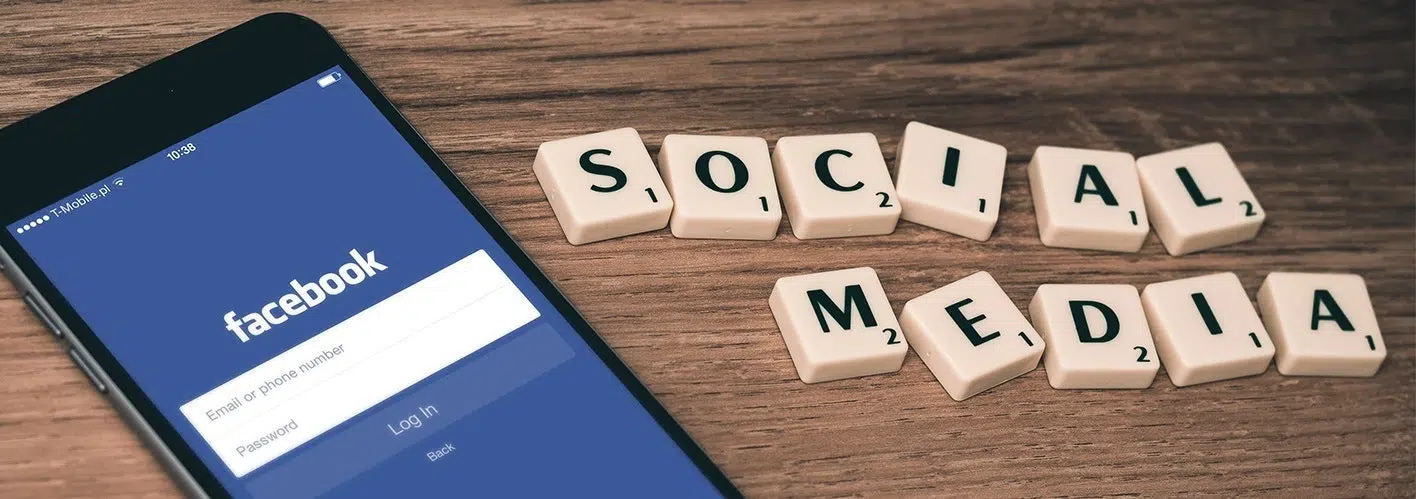Facebook started as a social platform exclusively for college students and in the course of a decade has grown to a billion users across the world. Initially businesses utilized Facebook to engage in real-time with customers, but now Facebook is more valuable as an advertising platform. It’s not enough to have great reviews, consistent posting, and prompt responses because more than likely, your followers aren’t seeing them anyway. If you haven’t considered advertising through Facebook, you’re probably missing opportunities to grow your leads.
Just like Google, algorithm changes aim to enhance the user experience. In the case of Facebook, the website wants to prioritize content that users are more likely to engage with in the news feed. And while users may like to see brand updates, they’re more likely to be interacting with posts made by friends and family.
Between 2012 and 2014, brand pages saw their reach shrink from 16% to less than 5%. While restricting the reach of brand pages, Facebook has dramatically upgraded their advertisement capabilities. Here’s a timeline:
- 2009 – Advertisers can target based on geography and language
- 2012 – Mobile ads can appear in the news feed rather than right hand side
- 2013 – Lookalike audiences joined the web of advertising capabilities. Retargeting ads started appearing in the news feed
- 2014 – Multi-product ads debut, allowing marketers to display 3 different offers in a single ad
- 2015 – Launches relevance scores, which work the same as Google Quality scores – helping marketers deliver relevant ads and lower their overall spend
It’s clear that Facebook is emphasizing paid advertising over organic brand page reach today. And while Facebook’s annual ad revenue has surpassed $18 billion, the total global media spend hovers near the $500 billion mark, meaning that Facebook has plenty of room left for ad revenue growth.
Why Advertise on Facebook?
Large User Base: Facebook has one billion active monthly users – and Facebook hasn’t even cracked the Chinese market yet. They’re not just adding new users, either – they’re cultivating the ones they already have to ensure they’re seeing what you’re selling. The way content is delivered is continually being updated to provide users the best experience possible, so ads are welcomed rather than being an annoyance. Facebook is also working hard to keep users in the app as long as possible by increasing search capabilities and instant articles.
Hyper Specific Targeting: Deliver your ads to people based on demographics, interests, and behaviors. For example, one of our clients in the lawn service industry has started advertising on Facebook and gets to a level of detail that includes age, household income, housing type (to eliminate those without a yard, or who may not handle their own yard care), and must be able to be described as a DIY-er.
The main goal of the campaign was to get conversions, but a secondary goal was brand awareness. Facebook estimated that within our geography 75,000 people met that criteria – and so far 20,000 people have seen the advertisements.
Custom Audiences: Upload a list of email addresses into Facebook and it will match profiles tied to that email address. You’re able to quickly and easily target your hottest leads, prospects, or customers with specific messaging and offers. This is especially relevant if your product is customer-facing because your leads are probably using their personal email addresses. Where AdWords requires a list of 1,000 email addresses to get started with custom targeting, Facebook has no restrictions.
Lookalike Audiences: Grow the reach of your advertisements by leveraging lookalike audiences. Facebook will deliver your ads to the users who most closely align with the attributes you chose for your custom audiences.
Get Visual: Advertise with videos or images. Sometimes your message is better conveyed visually and Facebook advertising gives a great platform to do it. For Here Comes the Bus®, a consumer-facing app owned and managed by one of our clients, we advertise on Facebook with an informational video and target specific states and job titles.
This way, we’re able to increase brand awareness and conversions with a single campaign. Whether Facebook users, play the video (brand awareness), which costs just a few cents per click, or click on the link to our landing page (lead generation), both ads are substantially less expensive than AdWords would charge in this industry.
Streamlined Customer Insights: By leveraging Facebook as a social advertising platform for Here Comes the Bus®, we also experienced the added, albeit unforeseen, benefit of identifying entirely new customer segments to target through our campaign from the comments section on the video ad. While there are certainly ways to gather these sorts of insights via AdWords or other digital advertising channels, social platforms like Facebook streamline this process by facilitating these interactions.
Abandon Facebook Brand Pages?
No! Continue to maintain your business page on Facebook. Share updates, blog posts, and company photos. A byproduct of the success of your advertisements will be growing your followers. You don’t want your new fans to come to your page and see a barren wasteland lacking posts, so your business page is almost as important a tool as your ads.
But there’s a delicate balance to maintain. You’re spending time and money to get in front of your audience, so you should be making sure your efforts are actually being seen and driving tangible business results.




